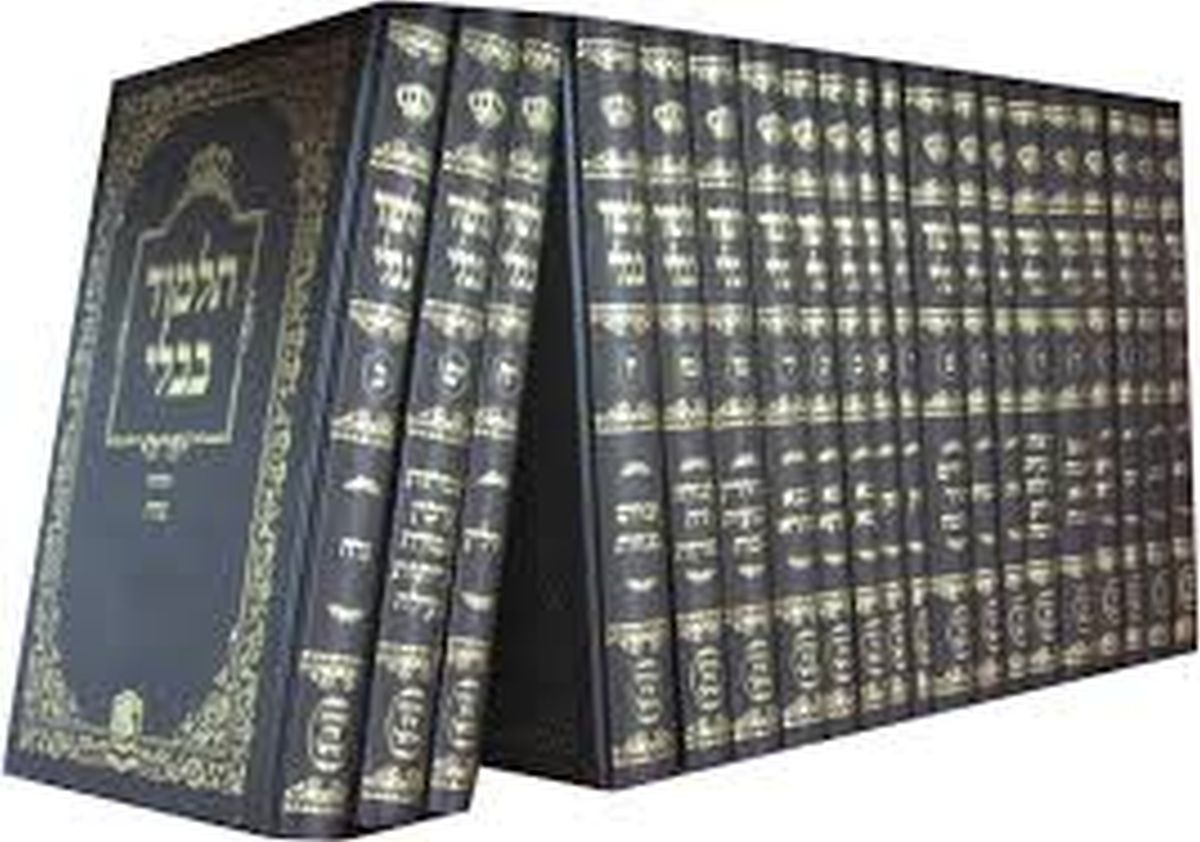Nahagin apparently lies in the third order of the Mishna’s six divisions, which addresses laws governing male-female relationships.
 Jerusalem, August 13 – Researchers sifting through fragments from the medieval repository of manuscript remnants called the Cairo Geniza have unearthed a previously unknown section of the Talmud that governs behavior in a motor vehicle, including a specific prohibition against a passenger engaging in critique or unwanted instruction.
Jerusalem, August 13 – Researchers sifting through fragments from the medieval repository of manuscript remnants called the Cairo Geniza have unearthed a previously unknown section of the Talmud that governs behavior in a motor vehicle, including a specific prohibition against a passenger engaging in critique or unwanted instruction.
The tractate of Nahagin – Aramaic for “drivers” – has been pieced together over the last several years by scholars at Jerusalem’s Yad HaRav Herzog, a facility in the city’s Bayit Vagan neighborhood where identification, analysis, and publication of the manuscripts take place. The Geniza, a place of dignified disposal for no-longer-usable holy books or scrolls, was discovered in Egypt in the nineteenth century and has since undergone extensive analysis and review, but many of the smaller pieces of parchment and paper have yet to be thoroughly studied. Yad HaRav Herzog employs dozens of Talmud and Jewish manuscript scholars to examine scanned images of those fragments – the originals are at the British Museum in London – and those scholars have determined that the Mishna, the first instance of codified Jewish Oral Law, from the beginning of the third century CE, evidently contained an additional tractate beyond the 60 known divisions of the work, and it explicitly outlaws annoying car passenger behavior.
Nahagin apparently lies in the third order of the Mishna’s six divisions, which addresses laws governing male-female relationships, a classification that came as a surprise to some researchers. “A more obvious category for Nahagin would be the order of Nezikin, which discusses torts, acquisitions, property law, and jurisprudence,” said Yad HaRav Herzog spokesman Rabbi Reggie Strayshin. “A motor vehicle is a tremendous monetary and physical responsibility, with implications for property, life, and limb,” he explained.
“But then, the ancient Sages were extremely wise in the ways of the world, and understood how profoundly certain issues of acquisition, partnership, and rights are rooted in the male-female dynamic, which is why certain other tractates one might assume belong in Nezikin are also actually in Nashim,” he continued. “Personal vows, which would seem to be related more to oaths in a court of law than to man-woman relationships, are discussed in the Torah itself mainly in terms of their role in the male-female dynamic, so the Rabbis grouped them with various laws of marriage, divorce, and widowhood. We first learn about property law and acquisitions in terms of the exchange of rights and obligations that allows a marriage to happen, in tractates Gittin and Kiddushin.” Obviously, said Rabbi Strayshin, the Talmudic Rabbis also understood the primal level on which the relationship between a driver and his vehicle and passengers operates, and the effect that in-car behavior has on those relationships.
Another Yad HaRav Herzog staffer, Lil Deucecoupe, added that the connection between car and driver often parallels that of man and woman. “The croonings of the Beach Boys and other bands of that era were anticipated, even surpassed, by tractate Nahagin’s exploration of male, vehicle, and female, and the fraught ties that can sometimes result among them when the three are thrown together,” she said.
“Also, they made it pretty clear that it’s boneheaded not to ask for directions.”




